6. The Room (2003)
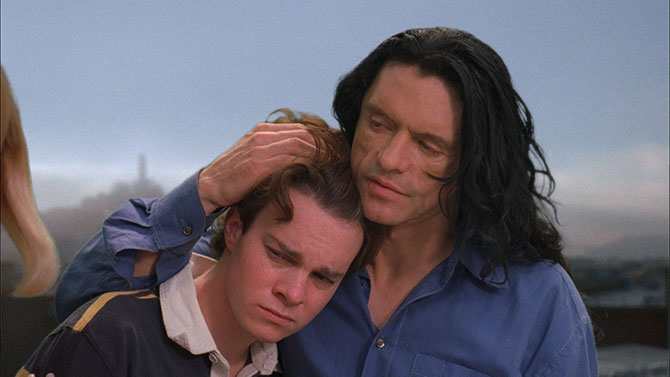
The Room falls into the ironic category of “so bad it’s good” because, well, it is unintentionally hilarious. But try not to have too much fun next time you gather some like-minded friends over to watch it. Try to really watch it: watch the screen direction, watch the acting, watch the continuity, listen to the dialogue.
When you whittle it down to its plot, cutting away multiple layers of pointless and unconnected scenes, dialogue, and characters, you have a man named Johnny, who seems to be loved by all but his wife. For some reason she has tired of him and has decided to cheat on him with his best friend. It has just enough plot material for a short film.
Never make a feature film just because you can. Do it because you have something to say, and say it clearly.
7. The Jar (1984)
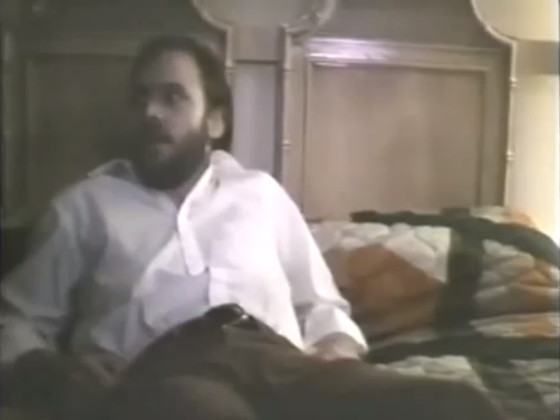
Sometimes strange works. No one who’s seen Eraserhead is likely to forget it, whether they liked it or not. Strange, on its own however, isn’t enough to engage an audience. In The Jar, a man survives a car accident and is given the titular jar by a dying man. The jar contains a grotesque foetus-like thing which begins to drive him mad. Derivative conceptual dream sequences take place one after another, before a climax that is more confusing than revelatory.
There are some interesting visuals in The Jar, which in the more capable hands of David Lynch or Alejandro Jodorowsky might have worked: but they’re clumsily edited and have no connection to each-other, even in a non-linear context. Subconscious symbolism requires a subject to symbolise subconsciously.
The avant-garde is avant-garde because it breaks new ground and does something new. Experimental film-making has the potential to provoke change and evolution in cinema as a whole. Cinema is what it is because a few brave film-makers dared to try new things, and to tell new stories in new ways, against the criticism of their peers, the official censorship of the time, or the even greater tyranny of market trends.
A film which emulates the formula of an avant-garde film is, because of the very act of emulation, not avant-garde. The term ‘Avant-garde’ comes from the French term meaning ‘advance guard’. It means refusing to follow the crowd and running ahead of everyone else. If you want to do something new, do something new.
8. The Brown Bunny (2003)
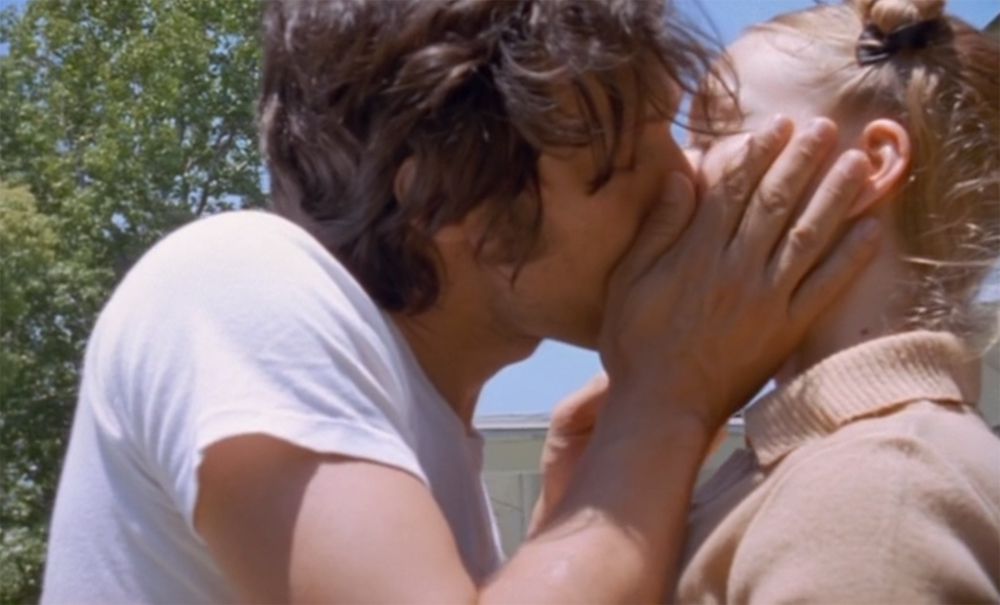
Ask someone to describe a stereotypical art-house film. What you’ll usually get is the following: a) A tormented lead battling his or her inner demons. b) A minimalist plot which is usually meant to convey the existential hopelessness of life. c) Pointless and usually explicit sex scenes. d) Long tedious shots in which nothing much happens for a long tedious time.
They’ve just described The Brown Bunny. Written and directed by, and starring, the notoriously volatile Vincent Gallo, the film centers on a disturbed young man who drives, stops a few times to make meaningless conversations (or make out with) strangers, then drives again, catches up with (or dreams about, depending on your interpretation) a former girlfriend for an awkward sexual encounter and an uncomfortable conversation, then drives some more.
Some of the most admired films in the history of cinema are slow and minimalist. But the most successful of these films have, at least, have a compelling character we can watch being dragged through the purgatorial zone of existential emptiness, otherwise even the most arty audiences wouldn’t be moved by them.
There’s nothing wrong with depressing your audience. Lars Von Trier said that “a film should be a stone in your shoe”. A film like The Brown Bunny should make its audience leave the theatre feeling miserable, not bored.
9. Double Down (2005)
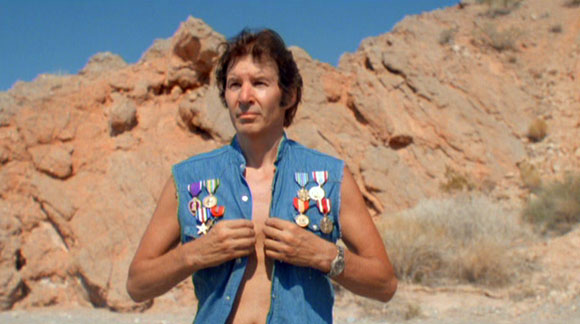
“He’s the best of the best.” declares the grizzled old general in countless action films. That’s why his character exists, to tell us about our hero. In Double Down, written and directed by Neil Breen, funded by Neil Breen, and starring Neil Breen, we have the hero himself (who has a name, but let’s call him Neil Breen), to inform us through constant voice-over sequences that he is the best of the best of the best.
The best computer hacker, the best assassin, the best lover, the best chemical weapons expert… He can even cure cancer with his mystical powers. These voice-overs are accompanied by long sequences of Neil Breen alone in the desert fiddling with his computers, practising with guns, having flash-backs, crying at the skeleton of his murdered wife, and eating can after can of canned tuna.
When not praising himself, Neil Breen lectures the audience about the corrupt state of the world, between murdering people with anthrax for no apparent reason. When the action promised by the plot finally happens it happens without any logical progression, and is edited so badly we have no idea what is going on.
We can’t prevent narcissists from making films, but we can learn how to not make films from them.
10. Skull Forrest (2012)
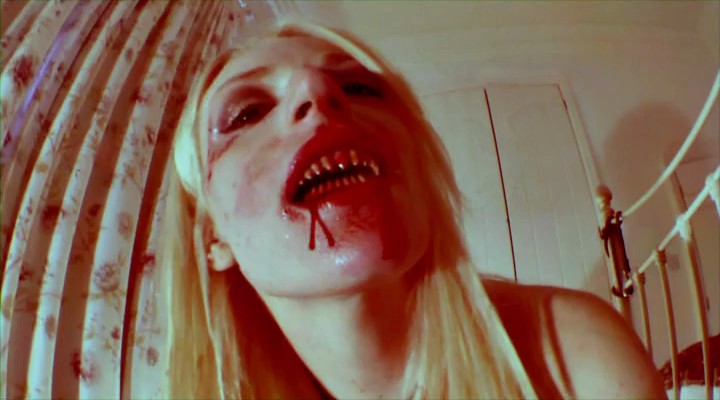
Any film-school teacher will tell you “never never never” use the auto-focus setting. Any how-to book will advise you not to use the takes in which the dialogue is completely lost in the roar of a truck passing by in your final cut.
Any editing instructor will tell you to go over your project shot by shot to make sure you don’t have any empty frames or black edges where you’ve neglected to crop or zoom a clip that doesn’t match the aspect ratio of the rest. You don’t need to go to film school to know that a film which consists entirely of tilted, shaky extreme close-ups is going to confuse and nauseate its audience.
Plenty of films, both mainstream and art-house, are are shot with a dynamic hand-held style nowadays, but even the most extreme examples of this style will give us a wide shot so we know where our characters are in relation to each-other and what is happening to them.
It is surprisingly easy mistake to make: forgetting that the audience doesn’t know what you know, they only know what you show them. Every film-maker has made that mistake at some point, but Skull Forrest makes that mistake its style. Never sacrifice coherence for edginess.
Author Bio: Benjamin Pahl Robinson is a film-maker based in Australia and Argentina. He works in both drama and documentary.